
March 4, 2011
Lumber Goes Hand in Hand with Architecture
Yoshiharu Shimura (Director/Design Director, Field Four Design Office)
Yoshiharu Shimura plans and designs interiors, furniture, and other elements of facilities ranging fromhotels and offices to hospitals, schools, and stores. His maternal grandfather was a temple and shrinecarpenter, and he has been around wood and woodworking since he was a little child. He has used lumber for awide range of projects, both past and present. Despite experimenting with many materials when younger,including periods when he was deeply immersed in glass, metal, and plastics, he says, “I’ve returned to mystarting point and am keenly interested in wood.” We asked Mr. Shimura to discuss the appeal of wood as amaterial and his thoughts on using wood.
Natural materials affect our emotional lives.
When planning and designing interiors, furniture, or other projects, I constantlythink about how to move people, surprise people, or make people happy. One way to do this is byusing materials from the natural world, like wood and stone. Natural materials have a special energythat triggers people’s emotions. When we touch or smell wood, we often feel nostalgia or a sense ofpeace. This is wood’s greatest appeal. Individual pieces of wood, even of the same species, havetheir own unique shape and look. They are asymmetrical both horizontally and vertically, and theflow of wood grain is varied and uneven. That’s what gives wood such a natural feel. It’s animportant feature of wood as a material.

Using wood in places where people can touch it

When you incorporate these advantages into a building or interior, there’s no needto use wood for everything. Simply put, it’s enough to use solid wood in just one place, for example.Lumber materials are being used increasingly in architectural projects with the recent advances inlumber fireproofing. But solid wood can be expensive, and in some ways it’s hard to work with, becauseit’s susceptible to cracking and warping. Also, the use of lumber as a building material posesregulatory concerns with regard to fireproofing and structural integrity. In such cases, I think it’s agood idea to think about using wood from the perspective of those who will use the building, not fromthe architect’s perspective. One example would be to use wood in places where people touch it directly,with their hands or feet, or by sitting on it. You can accomplish this by using solid wood furniture oreven by installing solid wood door handles. People will feel the benefits of wood every time they touchit.
Approaching trees as living things
The auto industry has recently developed systems to avoid collisions with other vehicles or obstacles, whichwill greatly improve the user experience. I think the field of architecture needs to incorporate the samekind of thinking. With all of today’s technological innovation and industrialization, it’s possible toproduce large volumes of products that are uniform and free of imperfections. Nonetheless, we shouldconsider how to design buildings that use natural materials in order to improve the experience of those whospend time there.
Another thing we have to keep in mind is that when we cut a tree, we’re putting an end to a life that’s livedin natural surroundings for a long time. It’s vital to keep this in mind and approach trees as livingcreatures. If we use trees well, they can live again in a new environment—that of the building. I’d like tocontinue developing interior design concepts that will convey the living quality of wood to visitors.
Maintaining a playful spirit while continuing to create
When I think about design, I always emphasize continuous creativity and a sense of play. I often workwith professionals drawn from various fields, including architects, woodworkers, lighting designers,and photographers. One finds a world full of new discoveries when working with these people. Whenwe’re brainstorming at a meeting and people are saying things like, “It’d be nice if we could dothis,” or “Let’s just give it a try,” we always try to take things seriously, but with a playfulspirit, even if it means we can get a little sidetracked from the job at hand.
My hope is to continue working with this approach, without setting any specific goals. Then, when aformal job or an exhibition comes up, I can shift modes and channel this energy into the newproject.
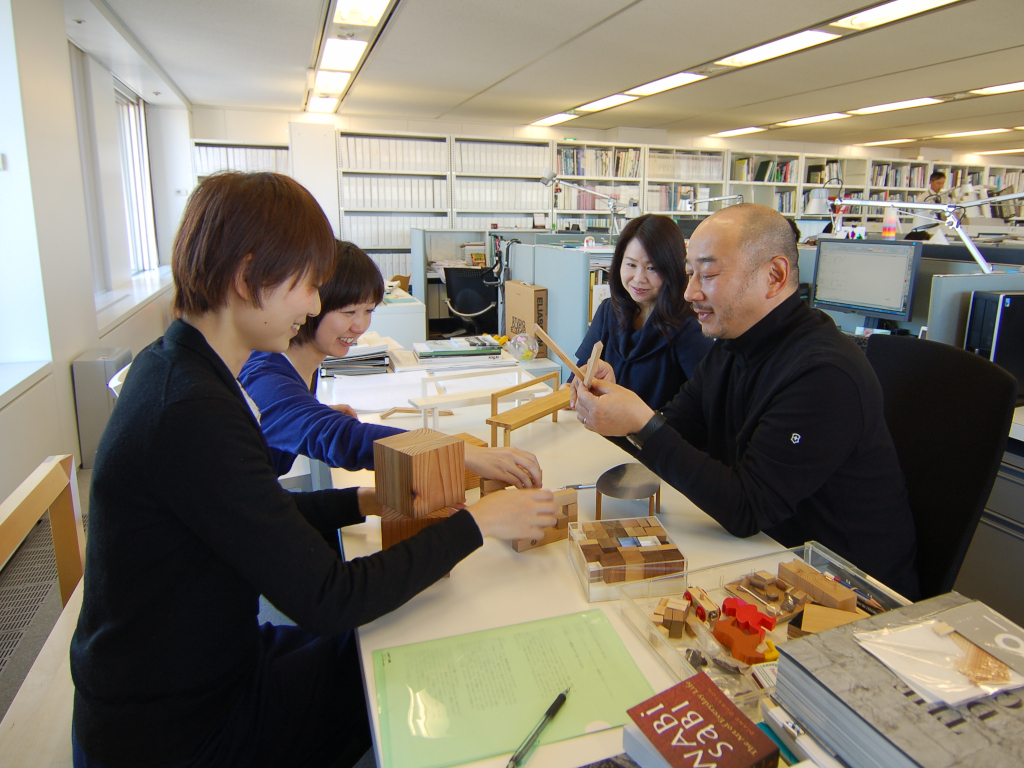
Continually developing new and exciting ideas
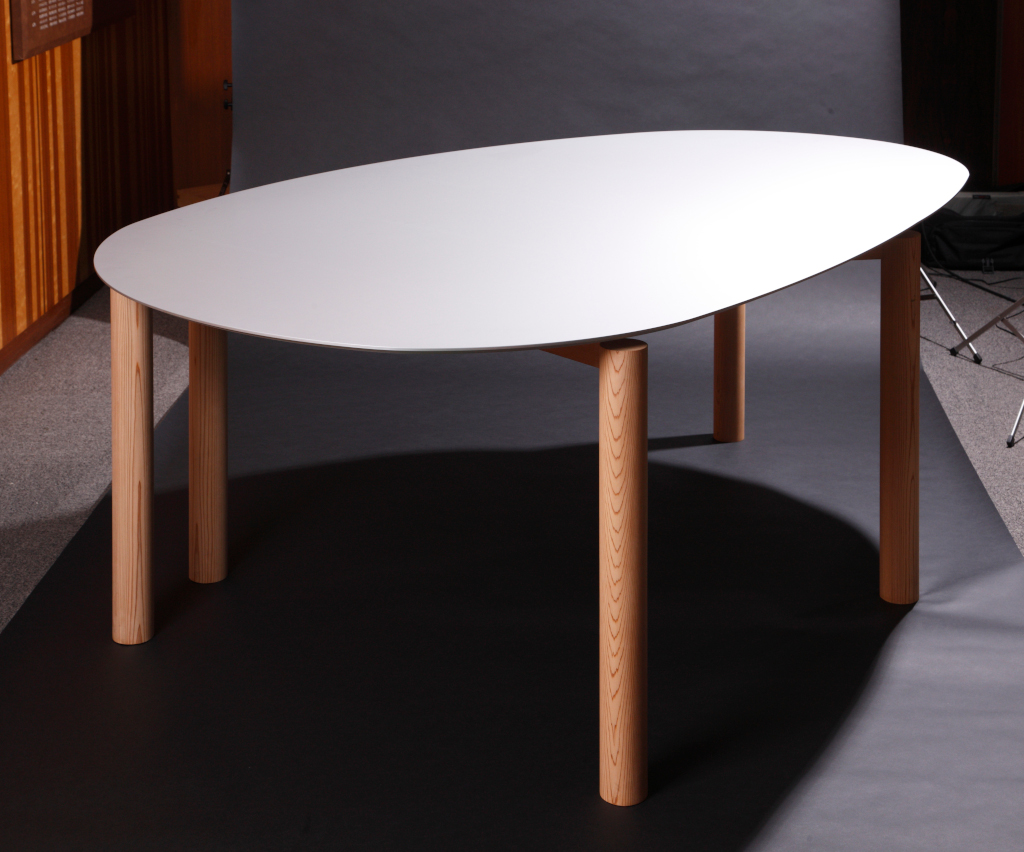
An example of these efforts is the work “Five Tables” made by Field Four Design Office and Shimizu’sTokyo Mokkoujou Arts & Crafts Furnishings, which received a merit award at Interior Pro Ex Co(IPEC) in November 2010. While working with Tokyo Mokkoujou on another project, we felt a connectionto the woodworkers there in terms of our enthusiasm for discovering new things. A team consistingmainly of younger staff members started talking about making something interesting from wood. Sincethis coincided with the run-up to IPEC, our work led to these tables, the design of which graduallytook form through daily discussions.
Sharing the joy of making things through daily, open discussions was a valuable experience for eachof the young staff members. We thought it would be a shame to let such a meaningful experience endwith a single project, so we’ve already taken on a new challenge based on the theme of wood andlight.
I can’t wait to see what will come from this project.
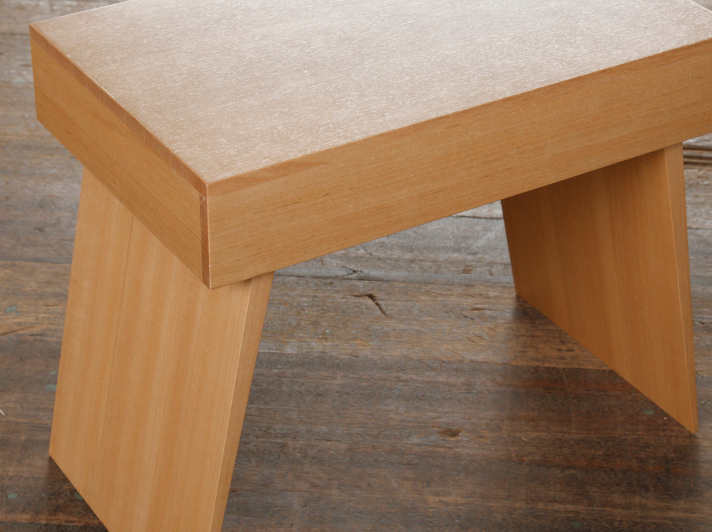
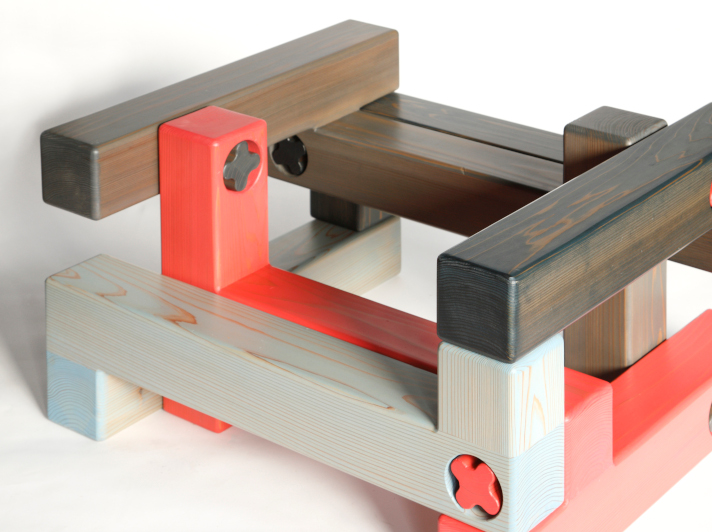
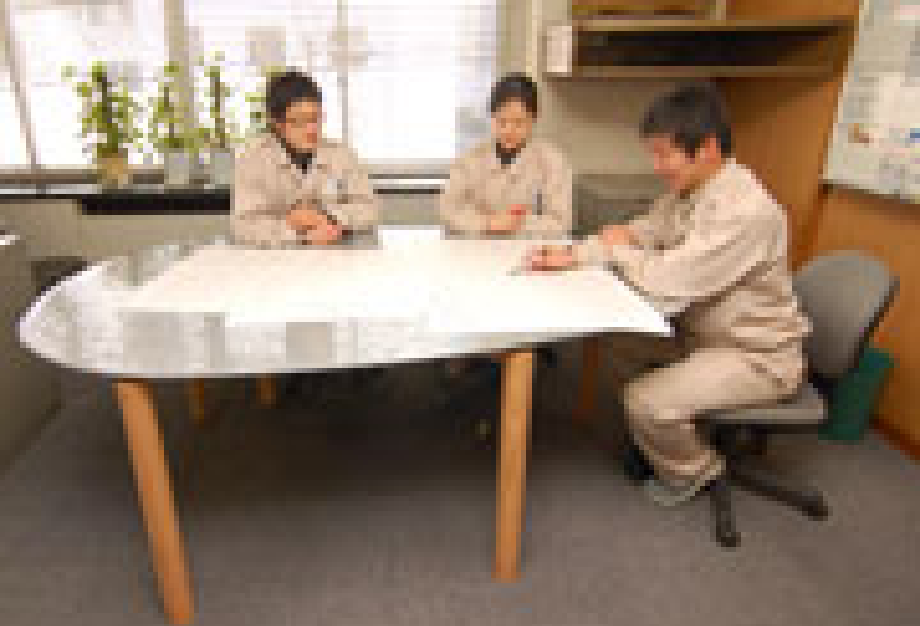
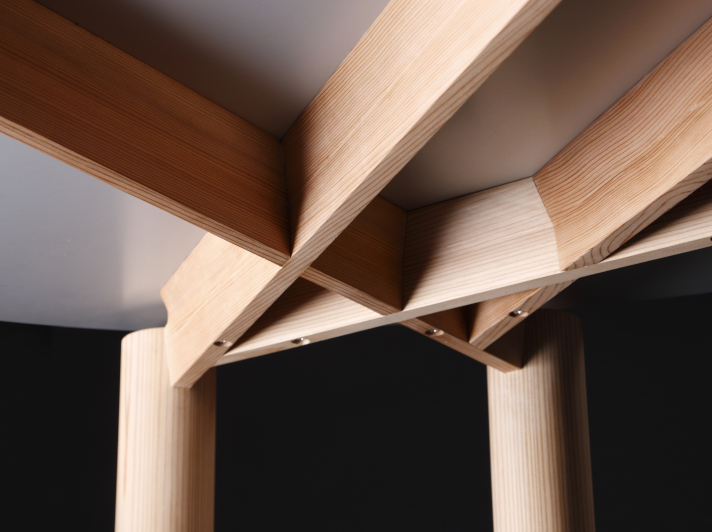
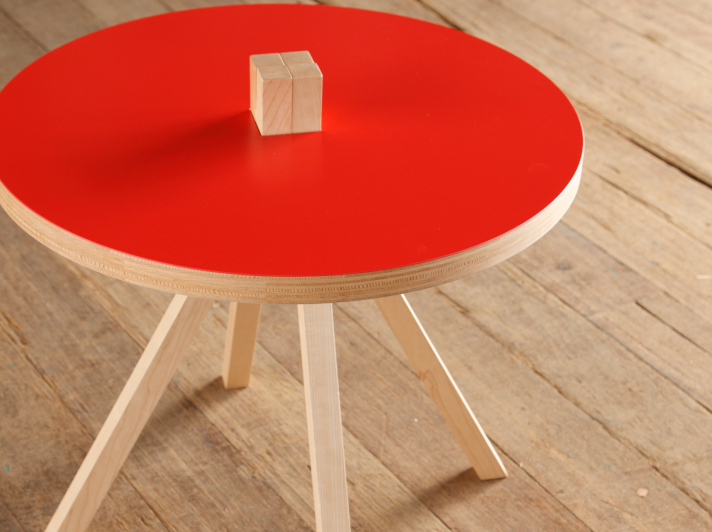
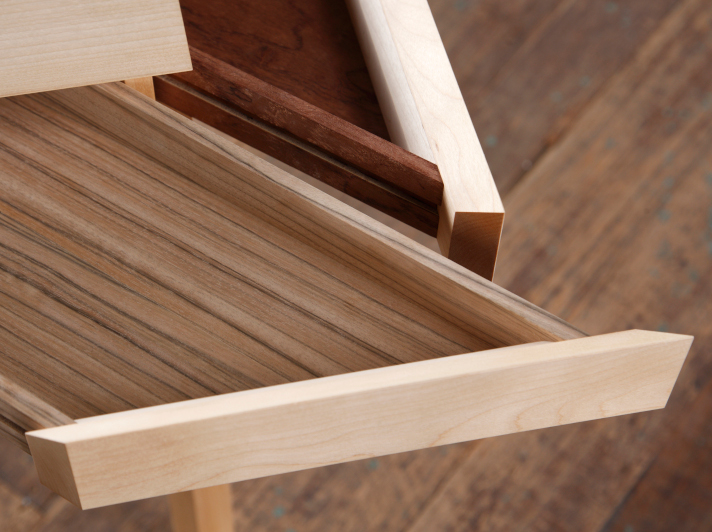
These photos depict the rest of the Five Tables. Mr. Shimura had this to say about truecollaboration: “Working out common rules and philosophies on what to build and exchanging opinions basedon each other’s areas of expertise can produce results even better than those imagined. That’s fun nomatter how many times you do it.” However, he says, establishing mutual communication and trust is anessential precondition for this. “We managed to achieve this while working with Tokyo Mokkoujou onvarious projects, including the work exhibited at IPEC,” he noted with a look of satisfaction.
Profile
Yoshiharu Shimura
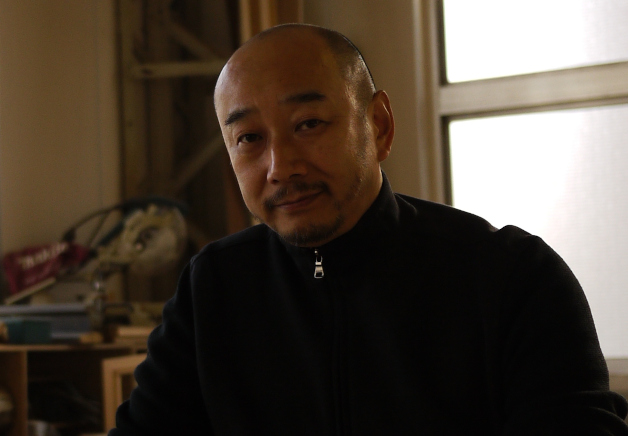
Director/Design Director, Field Four Design Office; Deputy General Manager, DesignDivision, Shimizu Corporation
Yoshiharu Shimura was born in Kamakura, Kanagawa Prefecture. He graduated from theGraduate School of Art and Design of Musashino Art University in 1979 with a major inindustrial, interior and craft design.
He worked in Shimizu’s Architectural Design Department from 1979 through 1989, includingtime studying abroad in Singapore at Chhada, Siembieda & Associates in 1985-86. Hesubsequently served as Director and Design Division General Manager at Field Four DesignOffice from 1989 through 2005 before assuming his current post in 2006.
He is also an instructor at Musashino Art University and Kyoritsu Women’s University andchairman of the Japan Interior Planner’s Association, Tokyo. Mr. Shimura has wonnumerous prizes, including SDA, JCD, and JID Biennale awards, a Good Design Award, andan Interior Planning Award.
Related links
Mr. Shimura’s major projects
- Five Tables (IPEC 2010 merit award winner)
- Hakuhodo Kenpo Lake Kawaguchi Recreation Center
- Maruhon head office showroom
- San Applause Restaurant
(Imperial Hotel) - Myojoin Temple
- Koka Gakuen Chapel
- Uohan Annex: Maura
Sidebar
Saying any more would reveal our house secrets!
Right now, Mr. Shimura says, he’s working on wood interiors, based on an “elemental” theme.
“Choosing a single theme for a design to communicate makes it possible to concentrate the feelings ofall those working on the building, including the owner, as well as actual work processes andbudgeting,” he says. “That makes it possible to achieve a design that’s pure and very easy tounderstand. It’s like a sumie ink drawing. If you make a sumie drawing of a spring forest, no onesays you should paint it green. After all, it’s a sumie.”
“Sorry!” he says, when asked for more specifics about his current work. “Saying any more would revealour house secrets!” We’ve decided to wait until the completed project is posted to the Field FourDesign Office website.
Follow-up on tables awarded the IPEC award
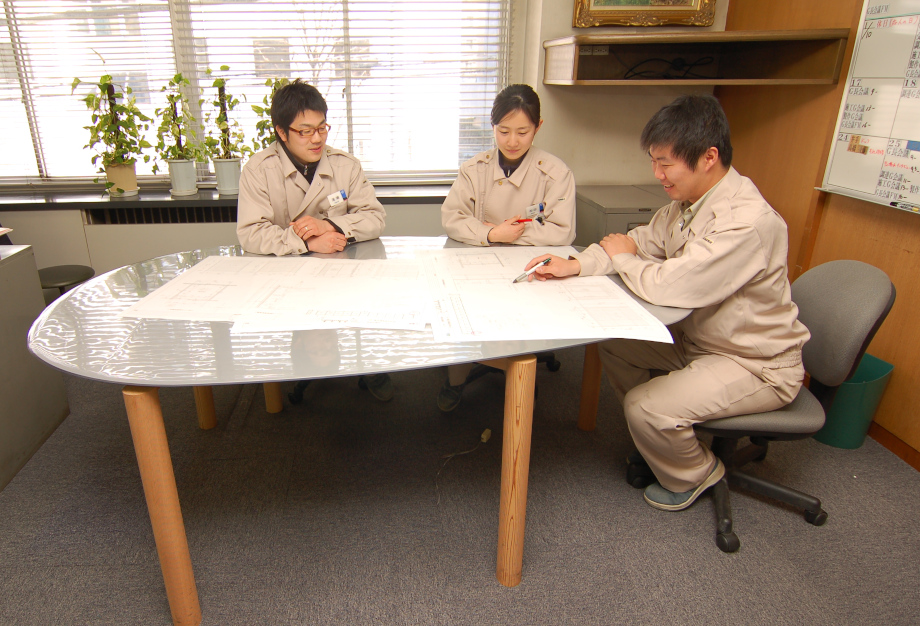
According to Mr. Shimura, the table top’s aluminum honeycomb panel, theonly component made of materials other than wood, is not uniformly oval. He designed thisform thinking of a mountain lake or a cloud floating in the clear blue sky and the feelingof wanting to be there. Today, just as the designers intended, the table is used for dailymeetings at Shimizu’s Tokyo Mokkoujou Arts & Crafts Furnishings.
Mr. Shimura and students
Mr. Shimura teaches interior design to students as a universityinstructor. The photo above is a scene from an interior design course in the industrial,interior and craft design program at Musashino Art University. Mr. Shimura discussed someserious subjects during this interview, interspersed with vivid examples and humorousaccounts and remarks. It made us want to listen in on one of his university lectures. I’msure they would be a delight to attend.
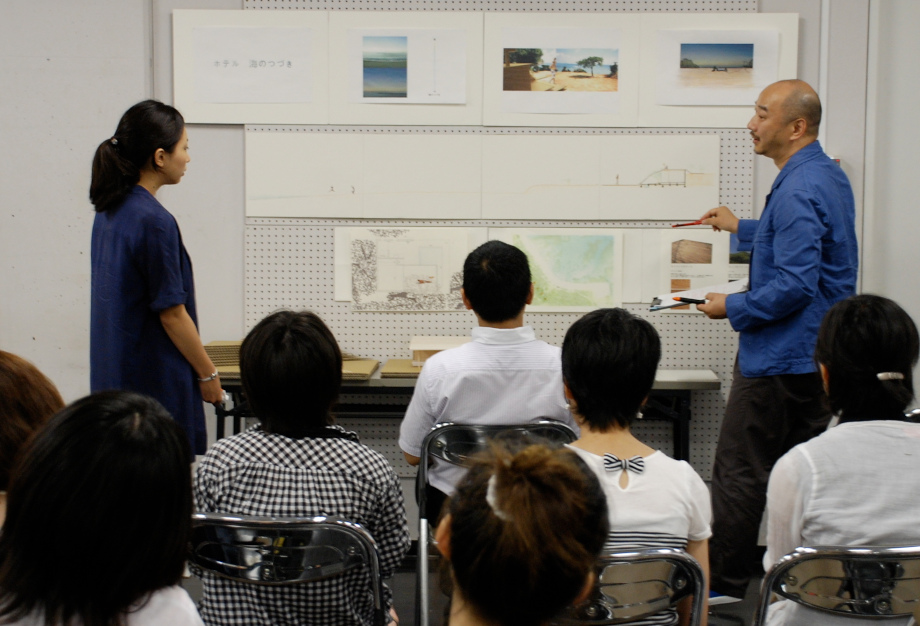
We visit the Field Four Design Office.
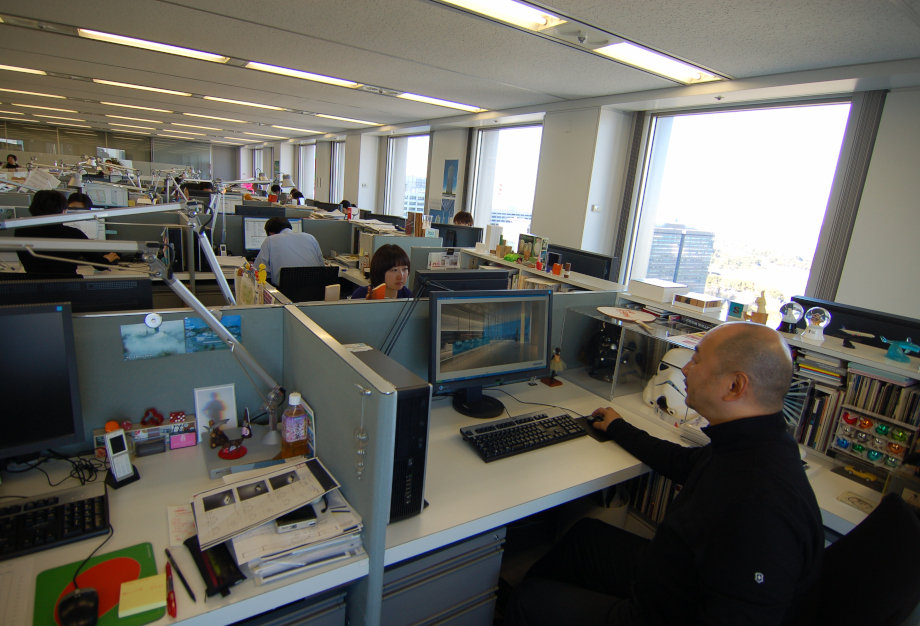
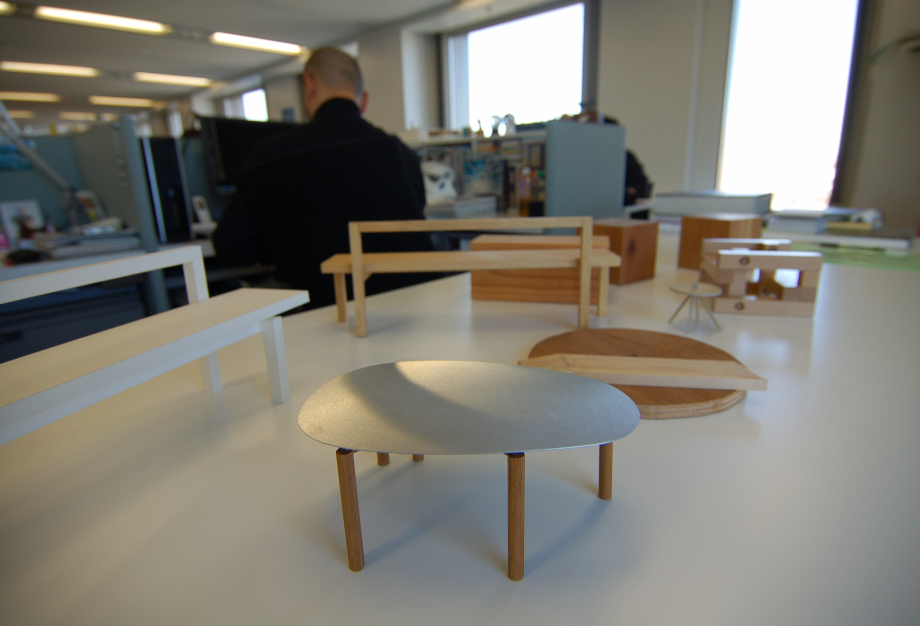
“The spark of effervescent individuality is essential to making just about anything,” said Mr.Shimura. “But seeking to combine the efforts of many individuals is like herding cats. To overcomethis tendency and demonstrate the ability to act as one, we try to use technology that is sharedacross the entire organization. I want Field Four Design Office to be that kind of an organization.”
The bright, energetic faces of the young colleagues as they speak with Mr. Shimura suggest theyunderstand this impassioned message.
Conclusion
There are some things one comes to understand only after the age of fifty. Mr. Shimura brought this upnear the end of the interview. “When I was young, reading various works by famous people didn’t impressme much,” he said. “More recently, while reading, I’ll suddenly have a design vision for a project I’mworking on. That’s what makes the creative process so fun and addictive!” The look on his face, likethat of a child eyeing a tasty treat, gave me a true sense for how Mr. Shimura’s curiosity inspires hisideas, and in a way that only grows with experience.
